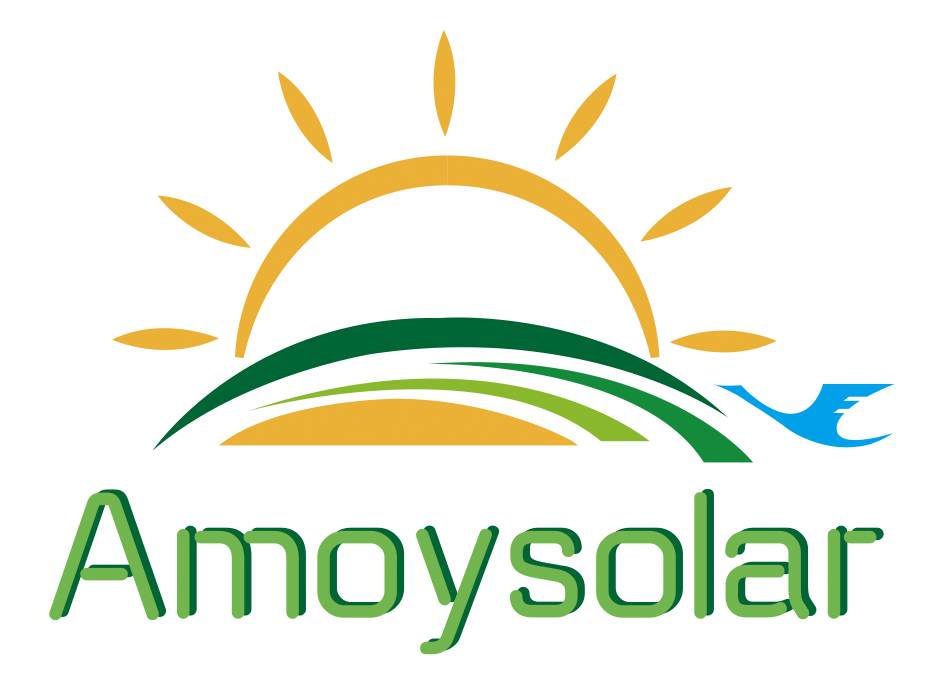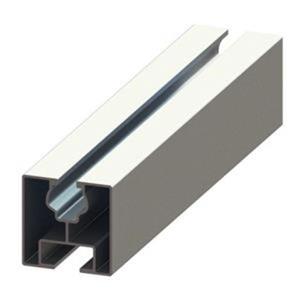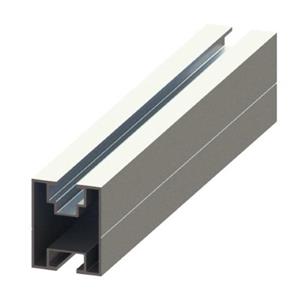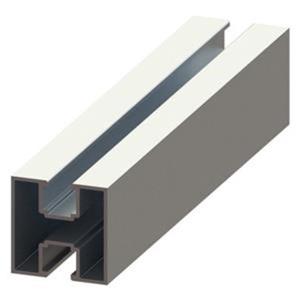Australia to hold four 32 GW of tenders by 2030
The Australian government says it will open four new Capacity Investment Scheme tenders before the end of the year as it seeks to deliver on its objective of introducing 32 GW of new variable renewable energy capacity by the end of the decade.
July 21, 2025 David Carroll
From pv magazine Australia
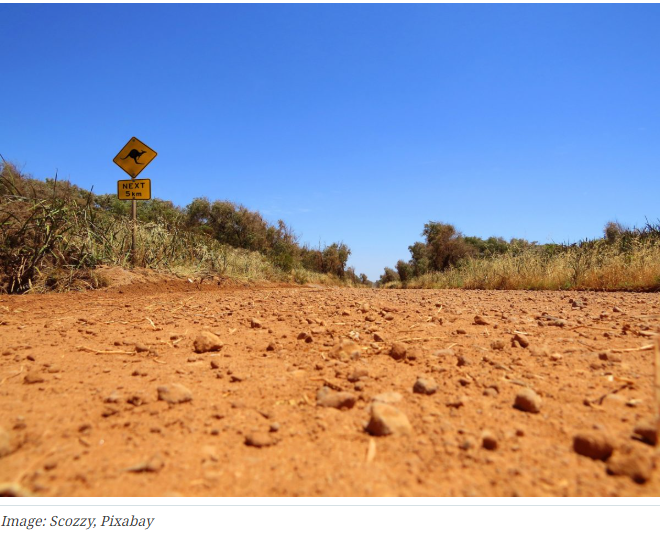
Australia’s Department of Climate Change, Energy, the Environment and Water (DCCEEW) has confirmed plans to stage four new Capacity Investment Scheme (CIS) tenders for solar, wind and storage by the end of 2025.
The DCCEEW said two new tenders will be launched in August, one for generation, such as solar and wind, and one for dispatchable capacity, most likely batteries, and both focused on the Wholesale Electricity Market (WEM), which covers Western Australia.
These will be followed by a tender for new generation capacity in the National Electricity Market (NEM), which spans Australia’s eastern and southern coasts and Tasmania, to be opened in September, and another tender for dispatchable generation in the NEM to be launched in November.
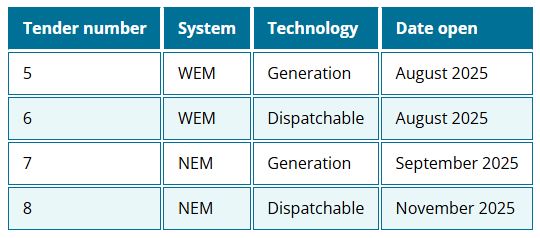
The CIS is designed to help propel Australia toward its target of 82% renewables by 2030 and increase the reliability of the country’s energy system as coal-fired generators approach the end of their operational life. The scheme will see the federal government underwrite projects to deliver at least 23 GW of renewable energy generation and a further 9 GW of dispatchable capacity.
The tenders update comes after the DCCEEEW unveiled an overhaul of the CIS, shifting to a one-stage tender model aimed at accelerating project timelines and providing greater clarity for developers.
CIS Tenders launched to date have involved a two-stage assessment process – divided into technical bid and financial bid phases.
“In future tenders, these two stages will be combined into a one-stage process,” the department said. “This means proponents will need to submit all aspects of their bid, including a full financial bid at the same time.”
The DCCEEW said combining the two phases means eligibility criteria can be streamlined and merit criteria can be consolidated which will improve the efficiency of tenders.
“The single-stage process will reduce tender duration from approximately nine to six months,” it said, adding that “delivering tenders faster will ensure proponents have certainty of tender outcomes sooner.”
The department said the new accelerated timeline will also help to avoid overlapping tender rounds in future, ideally with proponents receiving notification of outcomes before a new tender round for the same technology commences.
“Delivering tenders faster will ensure proponents have certainty of tender outcomes sooner,” it said.
